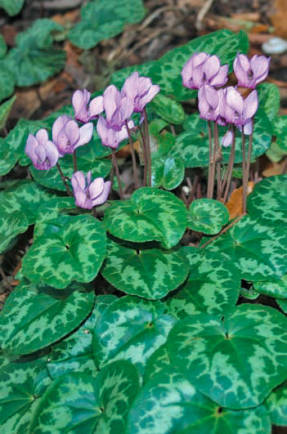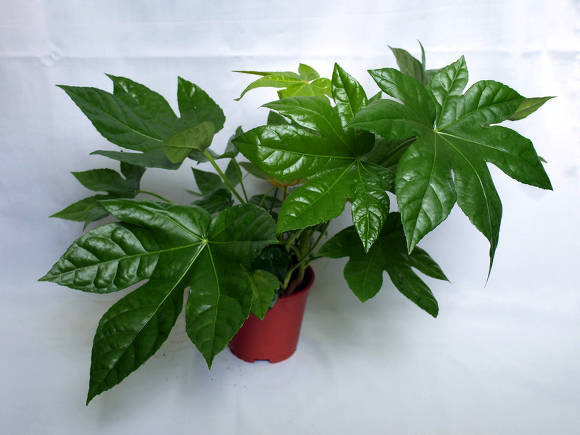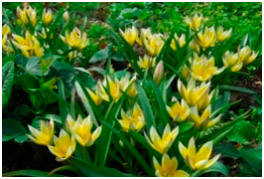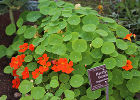 |
Primula Baranchik From the collection of the "Flower growers of Moscow" club |
Primroses wake up very early after winter, so you should take care of them in a timely manner and bring the first feeding when the bulk of the snow melts and a crust of ice remains. At this time, complex mineral fertilizers of 10–20 g per square meter can be scattered around them. m. When warm weather sets in, the land around the primroses needs to be slightly loosened. And to ensure a more lush flowering, a couple of weeks after the first feeding, feed the primroses with superphosphate - 15–20 gr. for 1 sq. m.
At the end of July, primroses begin to lay buds the next year. At this time, it is necessary to feed with a solution of a mullein 1:10 or fermented green fertilizers at a concentration of 1 liter per 10 liters of water with the addition of potassium sulfate 10 g. per 10 liters and water the resulting solution in an amount of 0.5 liters per plant. In mid-August, to increase the winter hardiness of primroses, carry out another top dressing with 20 g of superphosphate and 15 g of potassium per 10 liters of water.
During the dry season in spring and summer, it is necessary to ensure that the root system of primroses does not dry out and, if necessary, water them. By autumn, watering should be stopped, since plants should enter into the winter with drier soil. With such a water balance, primroses will be well prepared for overwintering and will continue to grow beautifully and bloom luxuriantly.
However, being moisture-loving plants, they cannot stand the stagnation of thawed, spring waters at all. In this case, they rot and die. Therefore, in the spring it is necessary to trace how the melt water disappears, and, if necessary, take it away from the planting of primroses.
Sometimes, in very snowy winters, a large amount of snow accumulates over the plantings of primroses - whole snowdrifts. In spring or during thaws, they are covered with a crust of ice and melt very slowly. Primroses, being on such a "hat", can vanish. To avoid this, it is necessary to break the ice crust in early spring and partially remove the layer of snow.
Diseases in primroses are quite rare. For many years of growing primroses, I observed a disease in the spring in the form of pale spots on the leaves. Then these spots turn brown, and a fluff of ripened spores forms on them. To fight the disease, you need to cut off diseased leaves and burn them. Sprinkle primroses with 0.5% copper oxychloride or 1% Bordeaux liquid during summer.
Another disease that occurs in summer in cool, very humid weather is the decay of leaves near the ground. In the future, rot spreads to the skeleton bud and the plant dies. To combat this disease, the plant must be dug up, carefully removed the diseased leaves, disinfected in a pink solution of potassium permanganate for 20 minutes. Then rinse with clean water and put in a new place. For the prevention of these diseases in the summer, primrose should be poured a couple of times with a pink solution of potassium permanganate.
When growing primroses in the suburbs, failures can occur - they freeze out in winter. Most often this happens with such species of primroses as Japanese primrose and polyanthus primrose. To avoid loss of primrose, I recommend covering them for the winter. It is best to do this at the onset of the first frost, when the earth grasps with a crust. The shelter should be loose, breathable. For these purposes, it is better to use spruce branches or small branches, and many fallen leaves can be poured on them. On such a shelter, snow holds well in winter.









